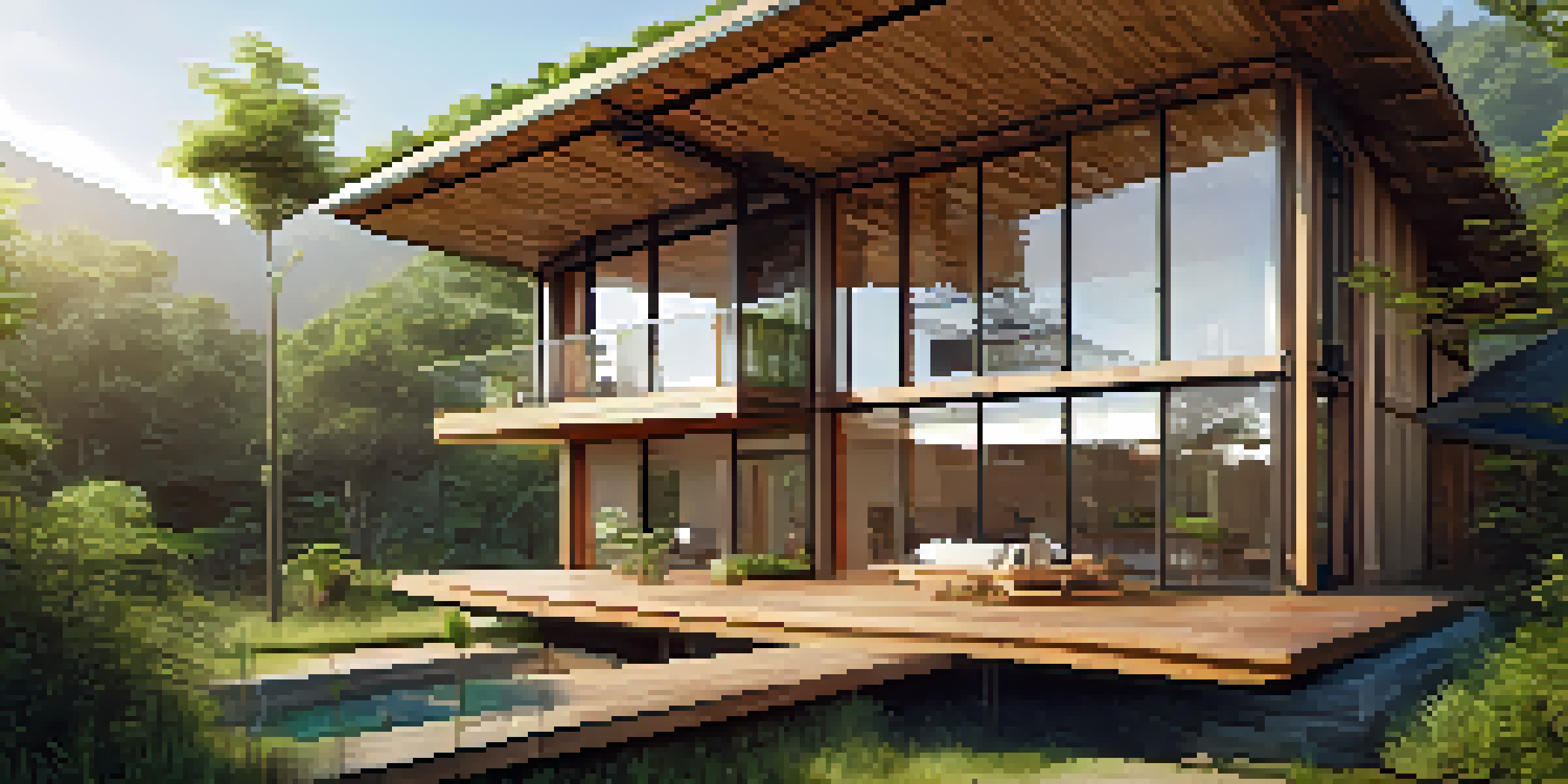Eco-Friendly Building Techniques for Plant-Inspired Structures

Understanding Eco-Friendly Building Techniques
Eco-friendly building techniques focus on creating structures that harmonize with the environment. These methods prioritize sustainability, reducing the ecological footprint of construction. By utilizing renewable materials and energy-efficient designs, these techniques aim to minimize waste and promote healthier living spaces.
The Concept of Biomimicry in Architecture
Biomimicry is a fascinating approach that looks to nature for innovative solutions. By studying how plants and animals thrive in their habitats, architects can design buildings that are both functional and efficient. For example, the way termite mounds maintain temperature can inspire designs for natural ventilation systems, reducing the need for mechanical heating and cooling.
Eco-Friendly Materials Matter
Using natural materials like bamboo and reclaimed wood significantly reduces environmental impact while enhancing aesthetic appeal.
Using Natural Materials for Construction
Natural materials such as bamboo, reclaimed wood, and straw bales are excellent choices for eco-friendly buildings. These materials not only have a lower environmental impact compared to traditional options but also offer unique aesthetic qualities. For instance, bamboo is not only strong and flexible but also grows rapidly, making it a sustainable choice for building.
Incorporating Green Roofs and Walls
Green roofs and vertical gardens are innovative ways to integrate nature into urban architecture. These living structures provide insulation, reduce stormwater runoff, and improve air quality. Additionally, they create habitats for wildlife, helping to foster biodiversity in city landscapes.
Renewable Energy is Essential
Integrating renewable energy sources like solar panels and wind turbines is crucial for creating self-sufficient, eco-friendly buildings.
Harnessing Renewable Energy Sources
Utilizing renewable energy sources is a cornerstone of eco-friendly building. Solar panels, wind turbines, and geothermal systems can significantly reduce a building's reliance on fossil fuels. By designing structures that incorporate these technologies, builders can create self-sufficient homes that generate their own energy.
Water Conservation Techniques in Design
Water conservation is another essential aspect of eco-friendly building techniques. Incorporating features like rainwater harvesting systems and greywater recycling can drastically reduce water usage. These methods not only conserve precious resources but also lower utility bills, making them economically beneficial.
Nature-Inspired Design Innovations
Biomimicry and passive design strategies, which draw inspiration from nature, can optimize energy efficiency and comfort in architecture.
The Role of Passive Design Strategies
Passive design strategies optimize a building's energy efficiency by utilizing natural elements. Techniques like strategic window placement and thermal mass can help regulate indoor temperatures without mechanical systems. This approach not only enhances comfort but also significantly reduces energy consumption.
Future Trends in Plant-Inspired Eco-Architecture
The future of eco-friendly building techniques is bright, with innovations constantly emerging. Designers are increasingly exploring concepts like 3D-printed materials and living architecture. As we continue to learn from nature, the possibilities for sustainable and plant-inspired structures are limitless, promising a greener future for architecture.